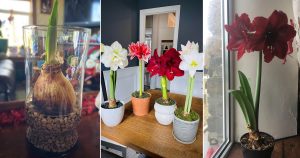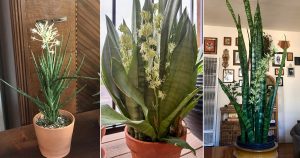This week is the Annual National Pollinators Week. Yep. That’s right. A whole week dedicated to the bees, butterflies, birds, insects, and other creatures that work with nature to pollinate flowers. About 75% of all flowering plants rely on insect or animal pollinators and over 200,000 different species act as pollinators. Pretty amazing, eh?
Who cares about pollinating flowers, you might ask? Well you should. 1,000 plants that you depend on for food, beverages, fibers, spices, and medicines need to be pollinated by an insect or animal. Moreover, you probably get a lot of enjoyment from watching butterflies or hummingbirds go about their business. And you might appreciate the mosquito abatement work done by bats. Butterflies, hummingbirds, and bats are all pollinators, so if you like seeing them around, you need to make sure they have the plants they need.
One of the easiest to attract pollinators are bees. Here are three simple things you can do to support the bees in your neighborhood:
- Group bee friendly plants together in as large a “clump” as your balcony will allow. A 3 foot by 3 foot spot filled to the brim with flowers bees love will be greatly appreciated.
- Don’t use pesticides. If you must, avoid broad spectrum pesticides and spray them at dusk, when bees are least active. This is a useful article about bee-safe pesticides.
- Provide nesting ground for bees. Many native bees build their nests in the soil or in tree trunks. You can help them out by leaving some exposed soil for them to dig in, and you can even buy or build bee houses.
If you follow the above advice, you might get the opportunity to see more than just honeybees on your balcony. For example, Bumble bees may visit you. They’re social, large, fuzzy, and you’ll enjoy watching their boisterous behavior. Halictid bees might also check things out, they’re solitary, small black or metallic colored bees. Or you could even get a Megachilid bee or two, they’re also solitary, and often metallic blue or black.







